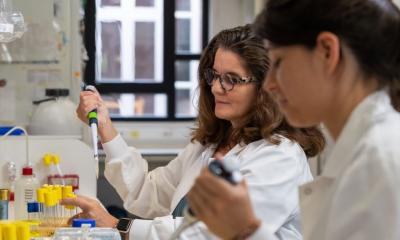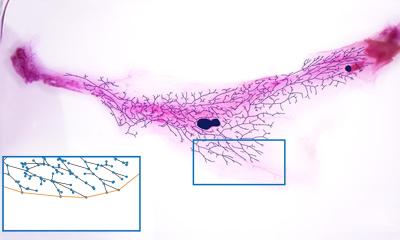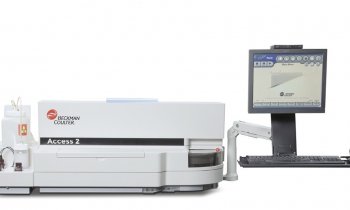Acinetobacter baumannii genome sequence determined
Italy - The genome sequence of Acinetobacter baumannii has been determined by scientists at the Istituto di Tecnologie Biomediche, the Dipartimento di Malattie Infettive at the Istituto Superiore della Sanità and the Dipartimento di Biologia at Roma Tre University. In Italy alone this antibiotic resistant pathogen causes 4,500 to 7,000 deaths annually.
Genome sequencing is the foundation for rapid diagnosis and targeted therapy approaches, said project manager Gianluca de Bellis. ‘Sequencing was made possible by a further improved technique which can generate more than 100 million DNA bases within a few hours. This translates into a significant time and cost advantage over the previous methods.’ Using this sequencing method the Italian scientists hope to identify new substances for the development of new antibiotics. The phenomenon of antibiotic resistance will be examined from a basic and applied research angle.
This genetic sequence is available free, via www.itb.cnr.it/genome-project.
01.07.2008











